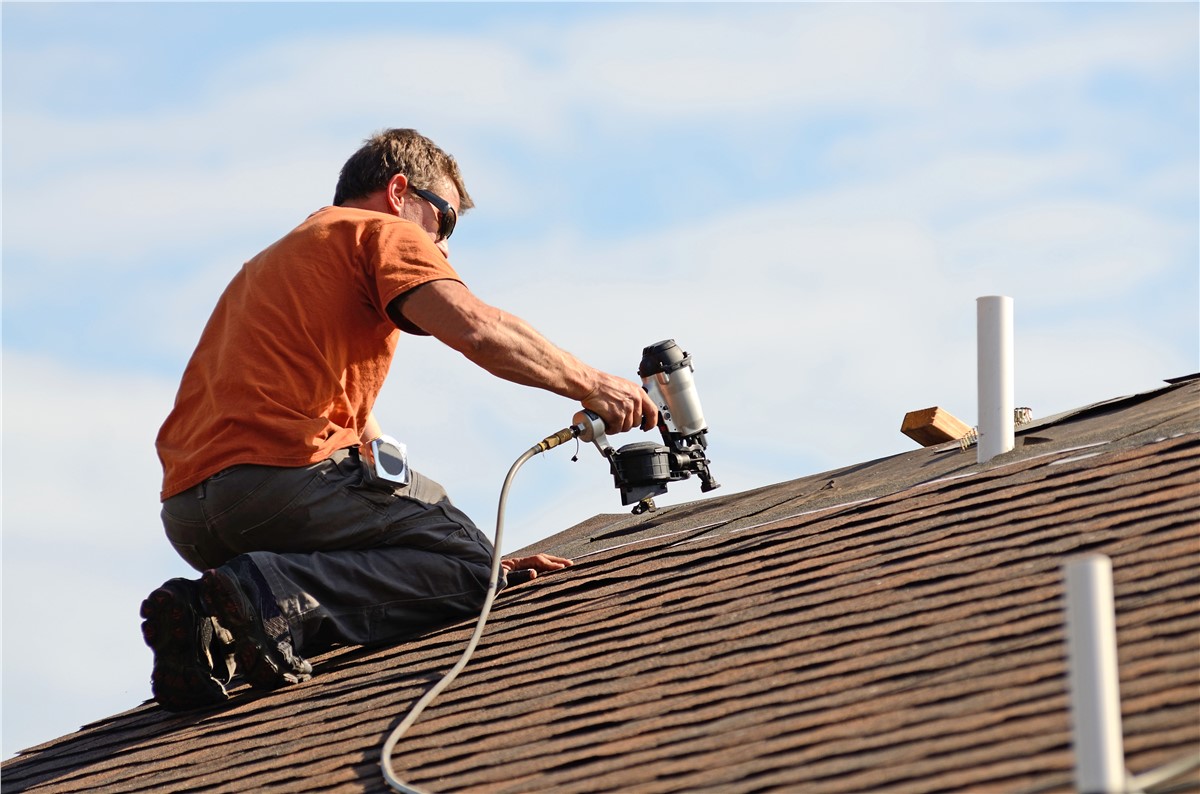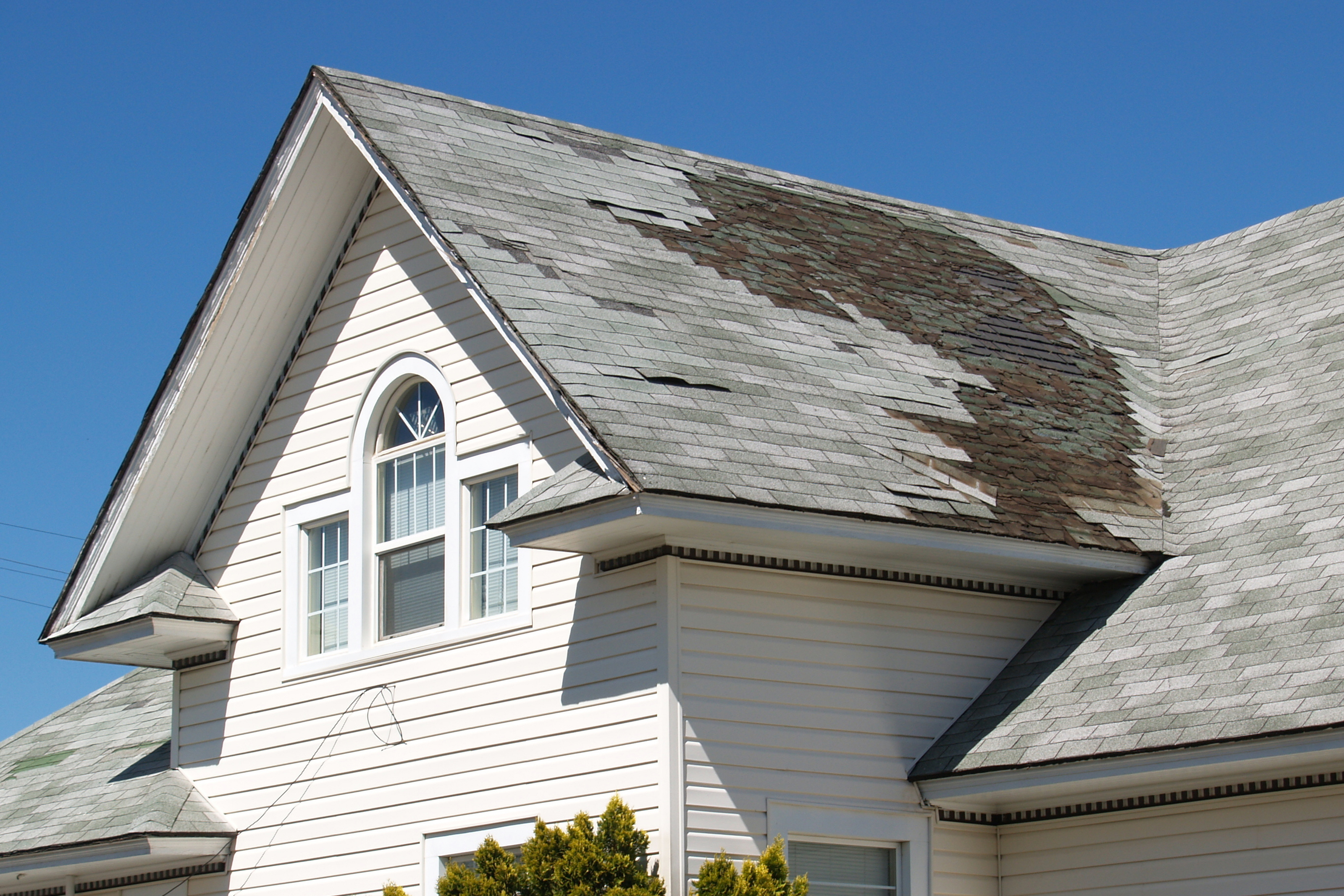Roof Repair Oahu: Expert Roof Repair Works for Lasting Protection
Roof Repair Oahu: Expert Roof Repair Works for Lasting Protection
Blog Article
Recognizing the Different Sorts Of Roofing Systems: A Comprehensive Guide for Homeowners
With a variety of alternatives-- ranging from the traditional gable to the modern level-- each type presents special benefits and difficulties that should straighten with the property owner's particular demands and environmental factors to consider. As we discover the complexities of numerous roof kinds, it comes to be apparent that one dimension does not fit all; the right selection may shock you.
Gable Roofing Systems
Saddleback roofs, characterized by their triangular shape, are among one of the most prominent roof styles due to their simpleness and performance in shedding water and snow. This layout includes two sloping sides that fulfill at a ridge, permitting effective drainage and reducing the danger of water accumulation. The steep pitch typically associated with gable roofings enhances their capacity to handle hefty rainfall, making them ideal for different climates.
Along with their sensible benefits, gable roof coverings use visual versatility. They can be adjusted to numerous architectural styles, from standard to modern-day homes. The style can likewise accommodate additional features such as dormer home windows, which improve natural light and ventilation in the attic room area.
Furthermore, gable roofing systems give adequate area for insulation, adding to energy performance. House owners can select from a selection of roof covering materials, consisting of asphalt tiles, steel, and floor tiles, even more boosting personalization options.
Despite their advantages, gable roofs might require additional support in locations susceptible to high winds or heavy snowfall. Generally, the saddleback roof remains a favored choice as a result of its blend of capability, toughness, and visual allure.
Apartment Roofs
Flat roofings are commonly acknowledged for their minimal style and functional applications, particularly in commercial and business setups (oahu roofing). These roofs include a nearly horizontal or straight surface area, which enables for easy construction and flexible area use. While they might lack the aesthetic allure of pitched roofing systems, flat roof coverings provide various benefits, especially in metropolitan settings where making best use of area is critical
One of the main advantages of flat roofs is their availability. Property owners can use the roofing room for numerous purposes, such as rooftop gardens, balconies, or photovoltaic panel installments. Additionally, level roofing systems are commonly a lot more cost-efficient to install and preserve contrasted to their sloped counterparts, as they require fewer products and labor.
Usual products made use of for flat roofings include built-up roofing (BUR), changed asphalt, and single-ply membranes, each offering distinct advantages. Overall, level roofing systems serve as a practical and adaptable selection for numerous house owners and companies alike.
Hip Roofs
Hip roofings are defined by their sloped sides that assemble on top, forming a ridge. This design stands out from saddleback roofs, as all 4 sides of a hip roof slope downwards towards the wall surfaces, supplying an extra steady structure. The angle of the inclines can differ, enabling versatility in building aesthetic appeals and functionality.
Among the main benefits of hip roofs is their ability to stand up to heavy winds and adverse weather. The sloped surface areas enable far better water drainage, decreasing the risk of leaks and water damages. Additionally, hip roofing systems provide increased attic room area, which can be made use of for storage and even converted right into livable visit the site areas.
However, creating a i loved this hip roof covering can be much more costly and complicated than less complex roof covering kinds, such as gable roofings. The added product and labor associated with developing the inclines and making certain correct structural integrity can result in higher costs. Regardless of these downsides, several house owners favor hip roofings for their sturdiness, aesthetic charm, and potential for energy performance.
Mansard Roofs
Mansard roofs, commonly acknowledged by their unique four-sided style, feature 2 slopes on each side, with the lower slope being steeper than the upper. This architectural design, stemming from France in the 17th century, is not only cosmetically attractive however functional, as it optimizes the usable space in the upper floorings of a building. The steep lower incline permits for more clearance, making it an ideal choice for attic rooms or loft spaces, which can be converted into living rooms.
Mansard roofings are identified by their versatility, accommodating numerous architectural designs, from standard to contemporary. They can be built with various products, consisting of asphalt shingles, slate, or metal, offering link property owners with a variety of alternatives to match their spending plans and preferences. In addition, the layout permits the assimilation of dormer home windows, improving all-natural light and air flow in the top degrees.
Nevertheless, it is vital to think about the prospective drawbacks. Mansard roofs may need more upkeep due to the intricacy of their design, and their high slopes can be testing for snow and rainfall drainage. On the whole, mansard roofing systems incorporate sophistication with functionality, making them a popular selection among homeowners looking for distinctive building features.
Dropped Roofing Systems
As house owners significantly look for simpleness and performance in their building layouts, shed roof coverings have actually emerged as a prominent selection. Defined by a single sloping plane, a shed roofing offers a minimal visual that matches various home styles, from modern to rustic.
Among the main benefits of a shed roof is its uncomplicated building, which commonly translates to reduce labor and product prices. This layout enables efficient water drain, minimizing the danger of leakages and water damages. In addition, the upright slope gives ample area for skylights, boosting natural light within the interior.
Dropped roofing systems likewise use convenience in terms of usage. They can be successfully integrated into enhancements, garages, or outside frameworks like sheds and pavilions. Additionally, this roof covering style can suit various roofing products, consisting of metal, asphalt shingles, or also eco-friendly roof coverings, lining up with environmentally friendly initiatives.
Nevertheless, it is important to think about local climate conditions, as heavy snow loads might require modifications to the roof covering's angle or structure. In general, shed roofs present a functional and cosmetically pleasing choice for house owners looking to optimize functionality without jeopardizing style.
Final Thought


Gable roofing systems, identified by their triangular form, are among the most prominent roof covering styles due to their simplicity and performance in dropping water and snow. oahu roofing. The steep pitch typically connected with gable roofings boosts their capability to deal with hefty rainfall, making them appropriate for different climates
While they might do not have the aesthetic appeal of pitched roofings, flat roofings supply various benefits, particularly in urban environments where taking full advantage of space is critical.

Report this page